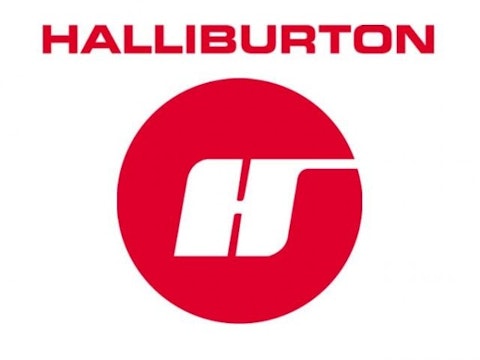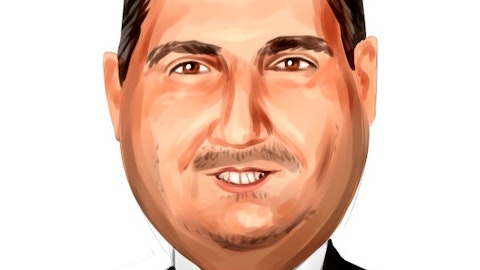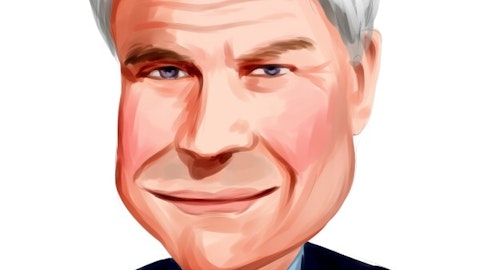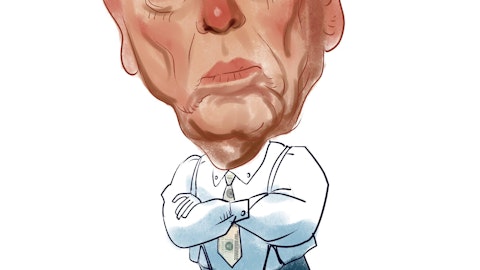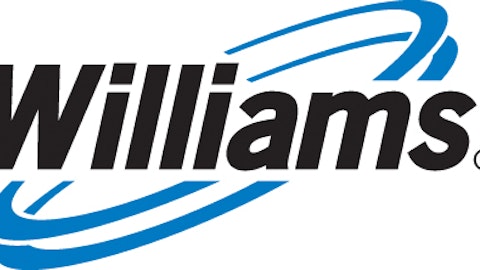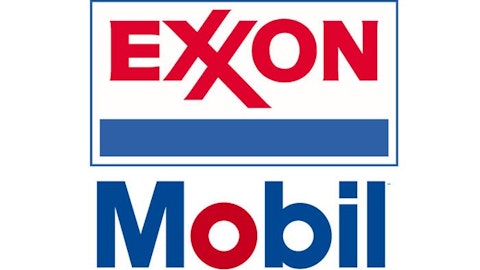Halliburton (NYSE: HAL) is one of the world’s largest gas and oilfield service companies, operating in over 75 countries. Throughout most of its 93-year history, HAL has been divided into multiple business segments, most notably the Energy Services Group and Kellogg-Brown & Root. The latter, more widely known as KBR, served as a private military construction and engineering contractor until it was sold in 2007. During the past decade, Halliburton has been in a bevy of undesirable headlines, from its questionable government-granted contracts in the Second Gulf War, to its recklessness in the events leading up to the Deepwater Horizon Oil Spill. Over this same period, shares of HAL have tripled and currently rest just under $31 a share. Near this time last year, however, shares were trading even higher, eclipsing a price of $57 each. This decline has value hunters flocking to this stock, as all analytical measures point out that now may be the best time to buy HAL. Moreover, it looks as though hedge funds and company insiders have already beaten investors to the punch, so to speak.
After remaining stagnant throughout much of the recession, Halliburton saw its revenue increase by 38.1 percent to $24.8 billion in 2011. This one-year increase was greater than competitors like Baker Hughes (NYSE: BHI) at 37.5%, Weatherford International (NYSE: WFT) at 27.1%, and Schlumberger NV (NYSE: SLB) at 37.1%. HAL was also able to translate this growth to its bottom line, as it saw an earnings boost from $2.01 in 2010 to $3.08 a share in 2011. In fact, over the past three years, HAL has seen its EPS grow by an average annual rate of 3.9 percent in a time when industry averages are shrinking (-1.8%). Moreover, all three of the company’s primary competitors have experienced negative EPS growth rates over the same period: BHI (-9.2%), WFT (-44.7%), and SLB (-7.4%).
Interestingly enough, earnings multiples show that investors have not taken notice of this advantage just yet. By looking HAL’s Price-Earnings ratio (9.2X), which measures the value that investors place on every dollar of earnings, we can see a deep discount when compared to the industry average (16.1X) and competitors like BHI (10.6X), WFT (28.3X), and SLB (17.6X). Now, bears may argue that HAL could simply have historical multiples that are low, but this is simply not the case. Specifically, the company’s current P/E is below its 10-year average of 16.1X. In addition, HAL’s earnings have historically traded at a 17 percent premium above the S&P’s over the past decade. This year, they are trading at a 40 percent discount. Using the industry average P/E in conjunction with a year-ahead EPS forecast of $3.53, we can set a target price of $56.83 by next spring. Even if earnings stay stagnant, fairly valued shares of HAL would rise above $50 a share.
It should also be pointed out that Halliburton grew its free cash flow by fivefold last year to $731 million. Even though this increase was larger than any of its primary competitors, shares of HAL are currently trading at P/CF ratio of 8.6X, which is below the industry average (11.7X) and the company’s own 10-year historical average (16.9X).
Over the past month, news surrounding Halliburton has been particularly positive, as the company blew away the Street’s first quarter earnings estimates, reporting an EPS of $0.89, almost 50 percent higher than Q1 of 2011. Additionally, HAL won a $95 million contract last week to develop a series of oil wells in Iraq, and it expects to reach similar agreements in Brazil. From a macroeconomic standpoint, lower than expected oil prices have certainly not helped HAL’s shares, though a rising demand from developing nations and an ever-shrinking supply of the finite resource paves the way for a bullish trend that is in the company’s favor.
Looking at insider activity, Director Murry Gerber purchased 30,000 shares of HAL back in February for a total value north of $1 million. Since his purchase, the stock has fallen nearly 5 percent, though investors who follow the trades of insiders typically must wait up to 12 months before seeing any gains. In fact, emperical studies have proven that those who mimic the actions of insiders have the possibility of achieving average excess returns of 7 percent above market indices. Moving to the hedge fund industry, the managers that hold at least 5 percent of HAL in their portfolios is filled with familiar names including Dmitry Balyasny, Matthew Grossman, and Leighton Welch. As of its most recent 13F filing, Balyasny’s fund increased its holdings in HAL by over 400 percent. Investors searching for a stable long-term investment should jump on Halliburton (HAL) right now, while the price remains cheap.
